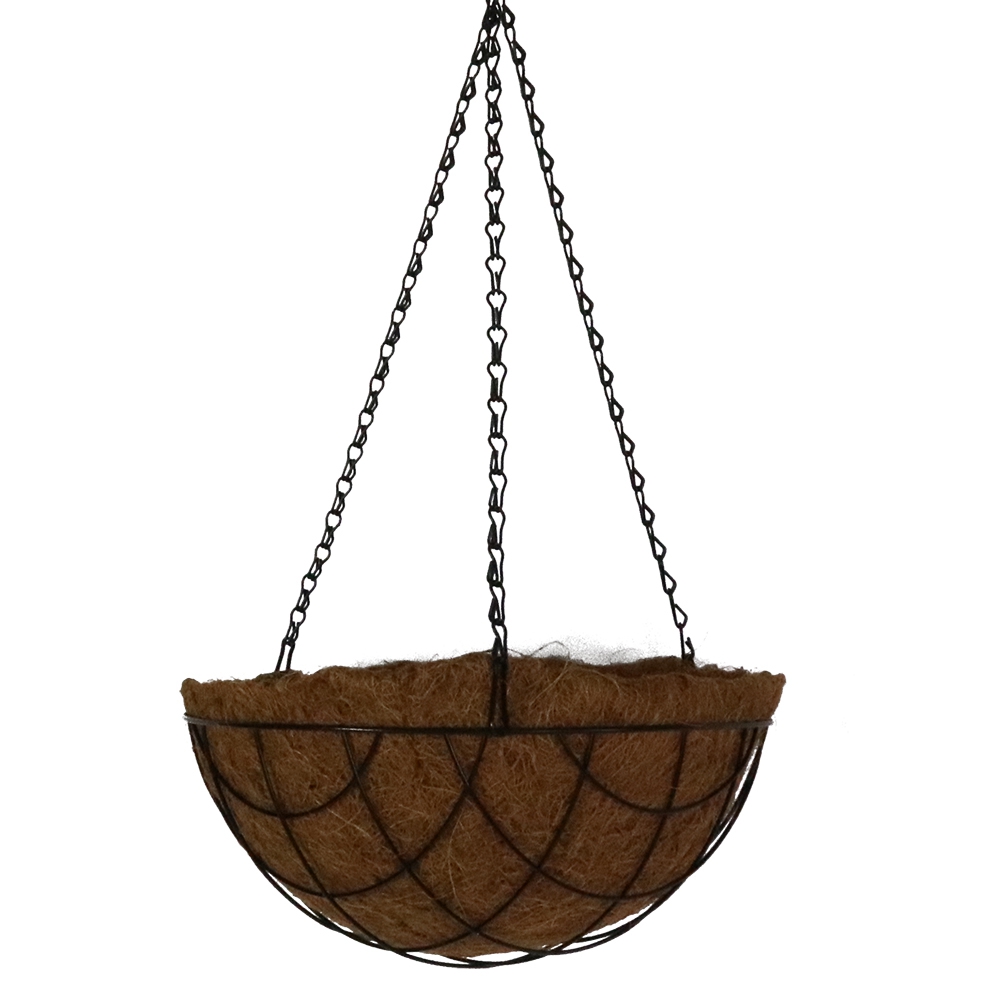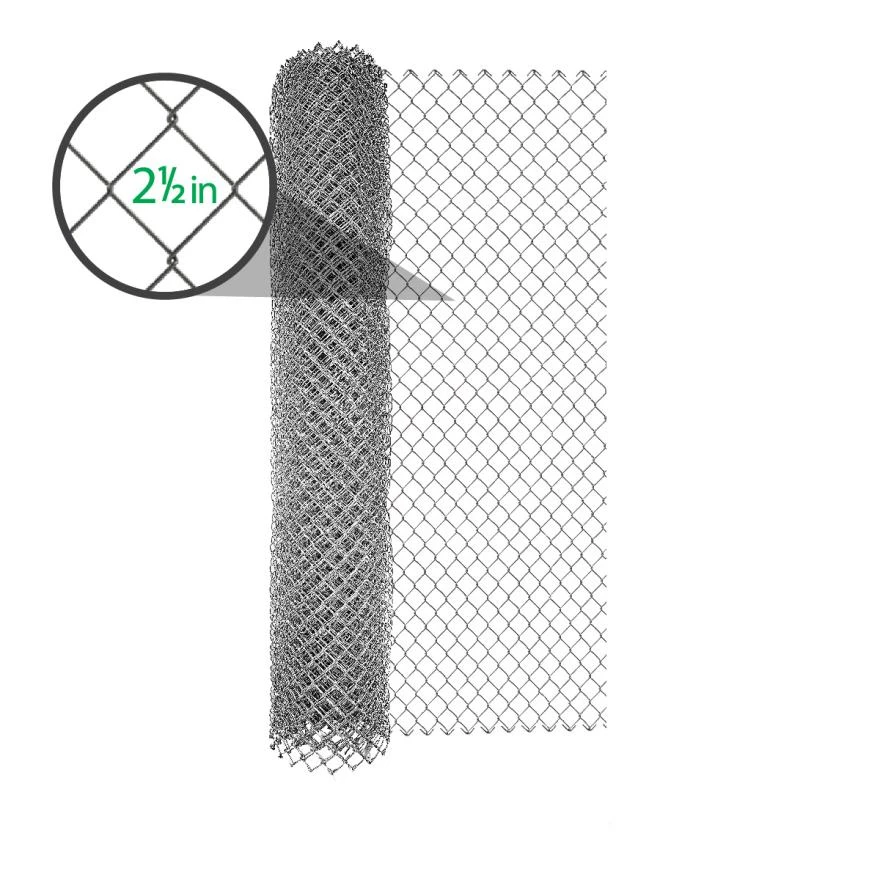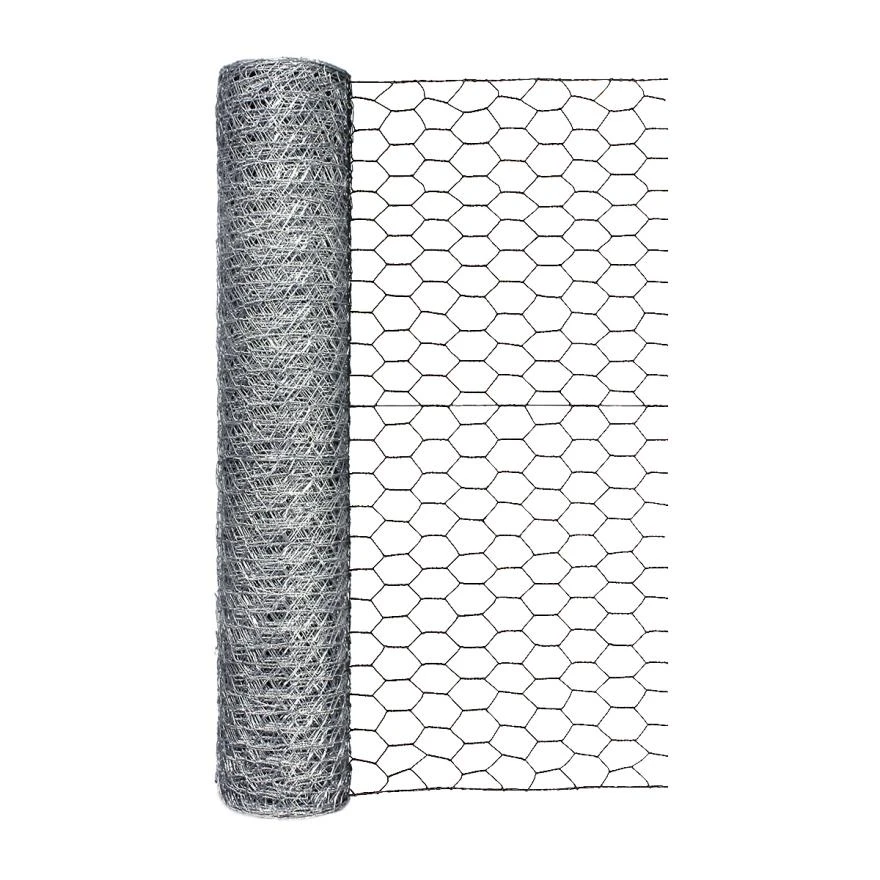Support Structures for Growing Tomatoes and Cucumbers in Your Garden
ديسمبر . 15, 2024 08:51
Creating an effective trellis system for tomatoes and cucumbers can significantly improve your gardening success. Both of these climbing plants benefit from being elevated, which allows for better air circulation, easier harvesting, and reduced risk of disease. In this article, we will explore the importance of trellising, as well as some practical tips and techniques for growing tomatoes and cucumbers vertically.
Why Trellis?
Trellising is a gardening technique that involves supporting plants as they grow vertically. For tomatoes and cucumbers, trellising prevents the plants from sprawling on the ground, which helps to mitigate pest issues and reduces the likelihood of fungal diseases that thrive in damp soil. By lifting the plants off the ground, you can ensure that the fruit remains clean and less prone to rot. Moreover, a well-implemented trellis can maximize space, allowing you to grow more plants in smaller areas.
Choosing the Right Trellis Design
When selecting a trellis for tomatoes and cucumbers, consider the specific growth habits of each plant. Tomatoes, particularly indeterminate varieties, can grow tall and require strong support. A sturdy, upright structure like a vertical garden, stake, or cage works well for them. On the other hand, cucumbers tend to have a sprawling growth pattern and do best on a lighter, more open trellis framework such as a A-frame, horizontal trellis, or a netting system.
Building Your Trellis
1. Materials Choose durable materials capable of withstanding the weight of mature plants. Common options include wood, PVC pipes, metal wire, or even nylon netting. Ensure that the materials are safe for plants and won't leach chemicals into the soil.
trellis for tomatoes and cucumbers

2. Height Consider the height of your trellis. For tomatoes, a height of 5-6 feet is generally ideal, while cucumbers can thrive with a trellis height of 4-5 feet. Ensure that the structure is tall enough to accommodate the plants’ growth without limiting their vertical reach.
3. Stability Ensure your trellis is stable and secure. If you're using stakes or poles, bury them at least one foot into the ground or secure them with concrete for added stability. For larger trellises, braces can help reinforce the structure against wind or heavy fruit loads.
4. Planting As you plant your tomatoes or cucumbers, set them close to the base of the trellis. For tomatoes, pinch off any lower leaves to prevent them from rotting against the soil. For cucumbers, gently guide their tendrils toward the trellis whenever possible. Tying them loosely with soft string or using clips can help until they establish themselves.
Ongoing Maintenance
Once your plants start climbing, regular maintenance will be essential. Prune tomato plants to encourage airflow and focus energy on fruit production. For cucumbers, check regularly for any stray vines that may need redirecting back onto the trellis. Ensure that your trellis is free from debris and that the plants are receiving adequate sunlight.
In conclusion, a properly constructed trellis for tomatoes and cucumbers can enhance growth, reduce disease risk, and make harvesting easier. By understanding the needs of each plant and investing time in creating a strong support system, you’ll pave the way for a bountiful harvest. Happy gardening!









 Unity
Unity Creation
Creation Challenge
Challenge Contribution
Contribution










